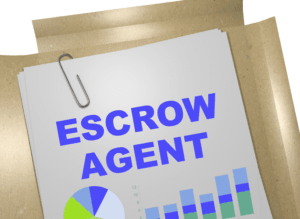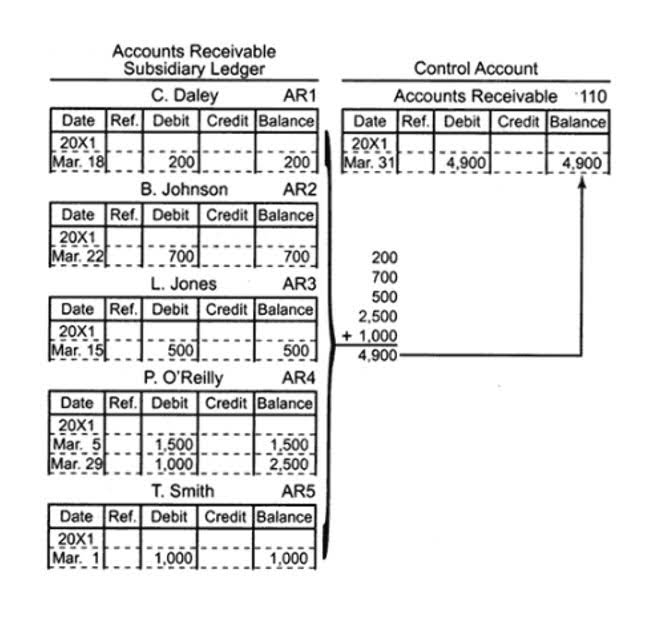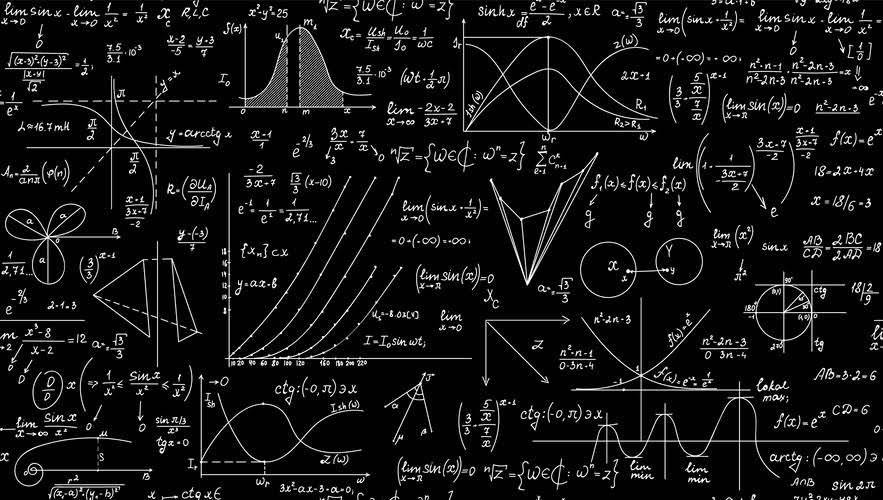
That’s why many financial experts suggest making larger payments to get out of credit card debt. Depreciation of some fixed assets can be done on an accelerated basis, meaning that a larger portion of the asset’s value is expensed in the early years of the asset’s life. Some examples of fixed or tangible assets that are commonly depreciated include buildings, equipment, office furniture, vehicles, and machinery. Amortization can be an excellent tool to understand how borrowing works. It can also help you budget for larger debts, such as car loans or mortgages.

Why Is Amortization Important to Know and Understand?
Loans are also amortized because the original asset value holds little value in consideration for a financial statement. Though the notes may contain the payment history, a company only needs to record its currently level of debt as opposed to the historical value less a contra asset. A 30-year amortization schedule breaks down how much of a level payment on a loan goes toward either principal or interest over the course of 360 months (for example, on a 30-year mortgage). Early in the life of the loan, most of the monthly payment goes toward interest, while toward the end it is mostly made up of principal.
- Amortization helps businesses and investors understand and forecast their costs over time.
- An amortized loan is a type of loan with scheduled, periodic payments that are applied to both the loan’s principal amount and the interest accrued.
- For example, let’s say you take out a four-year, $30,000 loan that has 3% interest.
- This can be useful for purposes such as deducting interest payments on income tax forms.
- For example, an oil well has a finite life before all of the oil is pumped out.
- The downside to a longer loan term, however, is more money spent on interest.
Amortization vs. Depreciation
An amortization schedule is used to reduce the current balance on a loan—for example, a mortgage or a car loan—through installment payments. Almost all intangible assets are amortized over their useful life using the straight-line method. This means the same amount of amortization expense is recognized each year. On the other hand, there are several depreciation methods a company can choose from. Unlike intangible assets, tangible assets may have some value when the business no longer has a use for them. For this reason, depreciation is calculated by subtracting the asset’s salvage value or resale value from its original cost.

Pros and Cons of Loan Amortization
Assets that are expensed using the amortization method typically don’t have any resale or salvage value. As shown in this amortization table for a mortgage, the amount of your payment that’s allocated to the principal increases as the mortgage moves toward maturity, while the amount applied to interest decreases. The best way to understand amortization amortized definition is by reviewing an amortization table. If you have a mortgage, the table was included with your loan documents. Collateral is used to secure different types of loans, from credit cards to real estate. For example, a company often must often treat depreciation and amortization as non-cash transactions when preparing their statement of cash flow.

You are also going to need to multiply the total number of years in your loan term by 12. While amortized loans, balloon loans, and revolving debt—specifically credit cards—are similar, they have important distinctions that consumers should be aware of before signing up for one of them. The interest on an amortized loan is calculated based on the most recent ending balance of the loan; the interest amount owed decreases as payments are made.
There are a wide range of accounting formulas and concepts that you’ll need to get to grips with as a small business owner, one of which is amortization. The term “amortization” is used to describe two key business processes – the amortization of assets and the amortization of loans. We’ll explore the implications of both types of amortization and explain how to calculate amortization, quickly and easily. You can reduce your car loan’s monthly payment by making a larger down payment, getting a longer term or both. But keep in mind that the longer your repayment period, the more interest you’ll pay in time. For example, a 72-month auto loan will require more interest than a 60-month loan.
Is It Better to Amortize or Depreciate an Asset?
With more sophisticated amortization calculators you can compare how making accelerated payments can accelerate your amortization. With the information laid out in an amortization table, it’s easy to evaluate different loan options. You can compare lenders, choose between a 15- or 30-year loan, or decide whether to refinance an existing loan.
With most loans, you’ll get to skip all of the remaining interest charges if you pay them off early. Understanding what amortization is and how it works for different types of loans can help you find the right financing option for your budget. If you can calculate the total amount of interest you’ll pay for a loan, you’ll understand the cost of borrowing money from a specific lender. By definition, depreciation is only applicable to physical, tangible assets subject to having their costs allocated over their useful lives. Whether it is a company vehicle, goodwill, corporate headquarters, or a patent, that asset may provide benefit to the company over time as opposed to just in the period it is acquired. To accurately reflect the use of these assets, the cost of business assets can be expensed each year over the life of the asset.
The difference is depreciated evenly over the years of the expected life of the asset. In other words, the depreciated amount expensed in each year is a tax deduction for the company until the useful life of the asset has expired. An amortization schedule is often used to calculate a series of loan payments consisting of both principal and https://www.bookstime.com/ interest in each payment, as in the case of a mortgage. As a loan is an intangible item, amortization is the reduction in the carrying value of the balance. Having longer-term amortization means you will typically have smaller monthly payments. However, you might also incur brighter total interest costs over the total lifespan of the loan.
- Although the amortization of loans is important for business owners, particularly if you’re dealing with debt, we’re going to focus on the amortization of assets for the remainder of this article.
- On the other hand, an adjustable-rate mortgage (ARM) comes with a fixed interest rate for an initial period (usually between three and 10 years).
- This new outstanding balance is used to calculate the interest for the next period.
- This means that for a mortgage, for example, very little equity is being built up early on, which is unhelpful if you want to sell a home after just a few years.
- As shown in this amortization table for a mortgage, the amount of your payment that’s allocated to the principal increases as the mortgage moves toward maturity, while the amount applied to interest decreases.
- The broader term “amortization” refers to the systematic reduction of an intangible asset’s book value over a set period of time.

